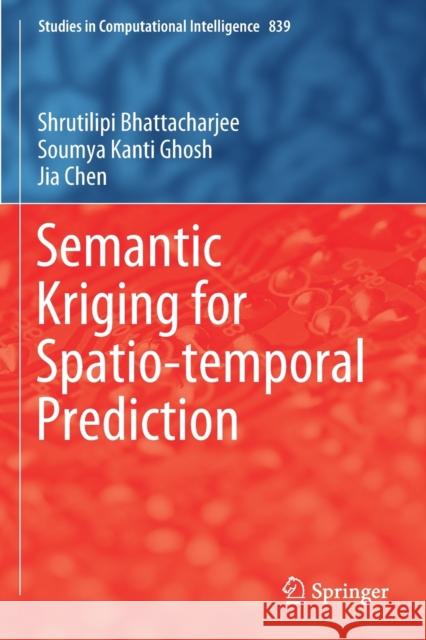Semantic Kriging for Spatio-Temporal Prediction » książka
topmenu
Semantic Kriging for Spatio-Temporal Prediction
ISBN-13: 9789811386664 / Angielski / Miękka / 2020 / 127 str.
Semantic Kriging for Spatio-Temporal Prediction
ISBN-13: 9789811386664 / Angielski / Miękka / 2020 / 127 str.
cena 401,58
(netto: 382,46 VAT: 5%)
Najniższa cena z 30 dni: 385,52
(netto: 382,46 VAT: 5%)
Najniższa cena z 30 dni: 385,52
Termin realizacji zamówienia:
ok. 22 dni roboczych.
ok. 22 dni roboczych.
Darmowa dostawa!
Kategorie:
Kategorie BISAC:
Wydawca:
Springer
Seria wydawnicza:
Język:
Angielski
ISBN-13:
9789811386664
Rok wydania:
2020
Wydanie:
2019
Numer serii:
000318395
Ilość stron:
127
Waga:
0.23 kg
Wymiary:
23.39 x 15.6 x 0.84
Oprawa:
Miękka
Wolumenów:
01
Dodatkowe informacje:
Wydanie ilustrowane











